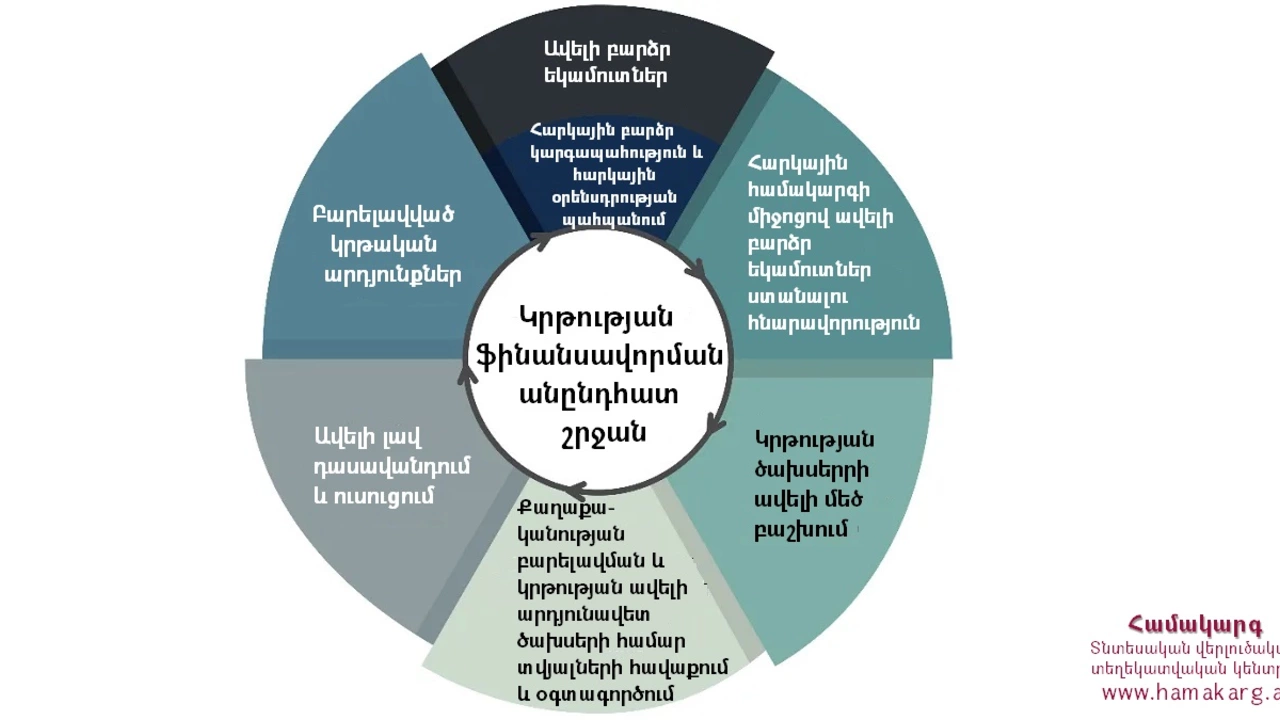Education Reform: Practical Steps to Upgrade Our Schools
Ever wonder why schools feel stuck in the past? You’re not alone. Many students, parents, and teachers see the same gaps. The good news is that a few focused changes can make a huge difference. Below are the most effective ways to improve the educational system, all backed by real‑world examples.
1. Personalize Learning for Every Student
One size rarely fits all in a classroom. When teachers tailor lessons to each learner’s style—visual, auditory, or hands‑on—students stay engaged longer. Think of a math class where a visual learner gets graph‑based problems while a kinesthetic student solves puzzles on a tabletop. That simple shift keeps boredom at bay and boosts confidence. Schools that introduced adaptive software saw test scores climb by up to 15% in just one year.
2. Bring Technology Into Everyday Teaching
Tech isn’t a gimmick; it’s a tool that can turn a static lesson into an interactive experience. A tablet app that lets students simulate chemistry reactions lets them experiment safely and instantly see results. Likewise, video lessons let teachers pause, rewind, and highlight key points, so no one falls behind. When a district equipped every classroom with smart boards, teachers reported smoother lesson flow and higher student participation.
But tech works best when it’s purposeful. Choose tools that match the curriculum, not the other way around. Start small—maybe a single app for reading comprehension—and expand as confidence grows.
3. Teach Critical Thinking, Not Just Facts
Memorizing dates and formulas won’t prepare kids for tomorrow’s jobs. Encouraging them to ask “why” and “how” builds problem‑solving muscles. Simple activities—like debating a current event or analyzing a short story’s motive—push students to think beyond the page. One high school added weekly “thinking labs” where groups tackled real‑world scenarios. Students reported feeling more prepared for college interviews and internships.
4. Keep Teachers Learning Too
Teachers are the backbone of any reform. Regular training helps them stay current with new methods and tech. Short, hands‑on workshops are more effective than long seminars; teachers can practice a new strategy right after the session. A school that introduced monthly peer‑coach meetings saw teacher confidence rise and classroom discipline improve.
Support doesn’t stop at training. Provide time for teachers to collaborate, plan, and reflect. When educators share what works—and what doesn’t—they create a culture of continuous improvement.
5. Involve Parents and Communities
Learning doesn’t end at the school gate. Parents who understand the new approaches can reinforce them at home. Simple newsletters that explain a new math app or a critical‑thinking exercise keep families in the loop. Community partners—local businesses, libraries, and non‑profits—can offer real‑world projects that make classroom lessons feel relevant.
Start with a short meeting or an online forum where parents can ask questions and offer ideas. Their input often uncovers hidden challenges and fresh solutions.
Putting these five actions together creates a ripple effect. Personalized learning keeps kids motivated, tech makes lessons dynamic, critical thinking prepares them for the future, teacher training ensures quality instruction, and community involvement ties everything home. You don’t need to overhaul the entire system at once—pick one area, try it out, and build from there. Small, consistent steps add up to big change.
Ready to be part of the reform? Talk to your school’s leadership about piloting an adaptive learning tool, suggest a teacher‑training day, or host a parent‑teacher coffee chat. Every effort counts, and the sooner we start, the faster we’ll see results.

What is the best way to improve the educational system?
In my opinion, the best way to enhance the educational system is by focusing on personalized learning, integrating technology, encouraging critical thinking, and supporting teacher training. It's essential to tailor the curriculum to each student's unique learning style to keep them engaged and motivated. Using technology in the classroom can help make learning more interactive and fun. Meanwhile, fostering critical thinking skills can empower students to become independent learners. Lastly, regular training and development opportunities for teachers ensure they are updated with the latest teaching methods and tools.
Read More